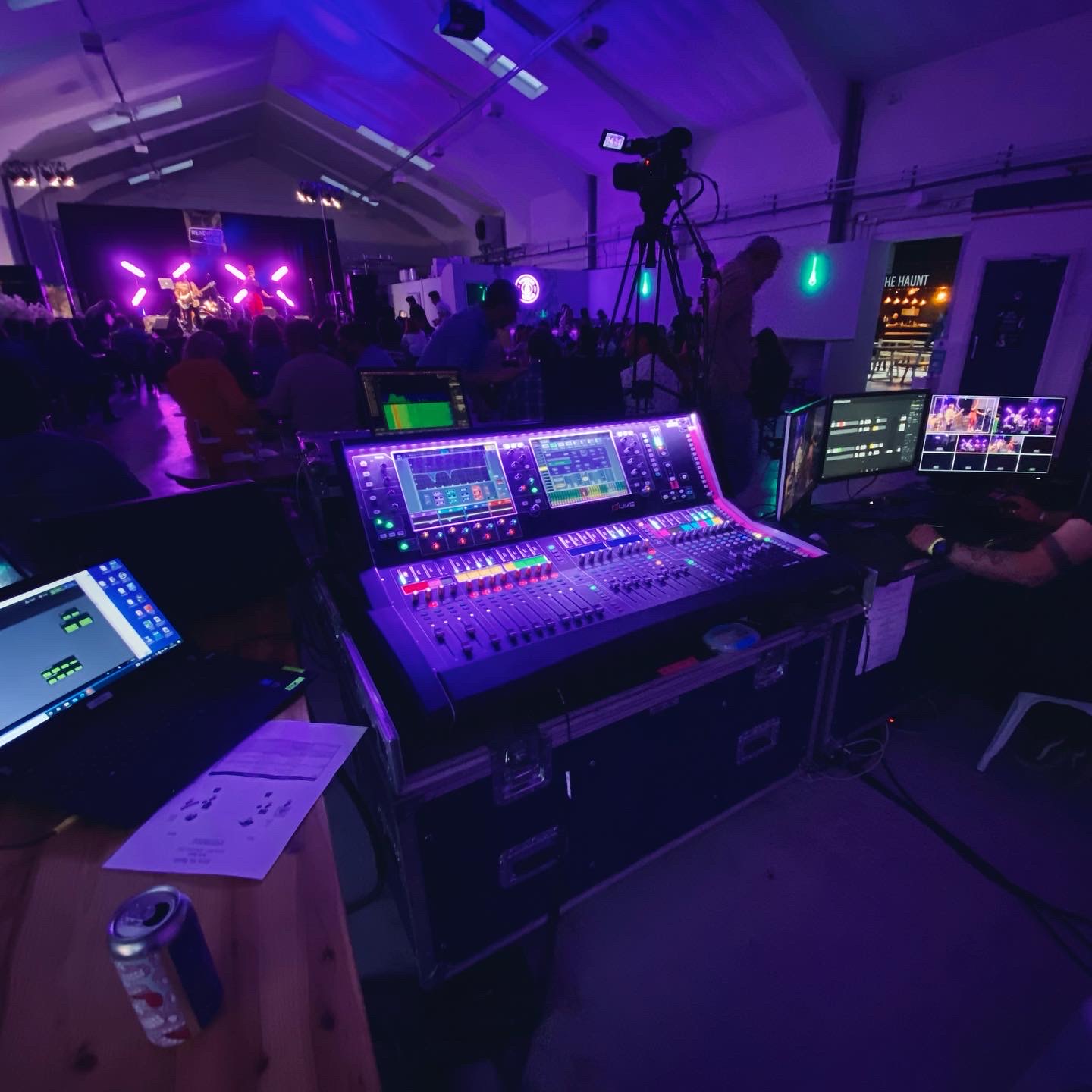Mastering Lighting Control

Mastering Lighting Control
To achieve precise and dynamic lighting effects for festivals, theatres, school productions and events, it is important to learn how to master lighting control systems.
You can either choose to hire lighting control systems or purchase them, depending on which option offers the best value for your situation.
Step 3 of our Guide to Mastering Production Stage Lighting covers popular lighting control consoles, software, and protocols used in the industry.
A knowledge of programming techniques, cueing systems, and timecode synchronisation will allow you to create seamless lighting transitions and execute complex lighting sequences with ease. The outcome can be really effective, creating a real ambience for your occasion.
Mastering lighting control involves understanding the principles of lighting design, knowing the different types of lighting fixtures and their properties, and learning how to use lighting controls effectively. Here are some key points to consider:
Lighting Design Principles
- Understand the purpose of lighting in a space: ambient, task, or accent lighting.
- Consider the balance between natural and artificial light sources.
- Think about the mood and atmosphere you want to create with lighting.
- Take into account the color temperature and color rendering index (CRI) of the light sources.
Read: Designing stage lighting with purpose
Types of Lighting Fixtures
- Ambient Lighting: Provides overall illumination in a space. Examples include recessed lights, chandeliers, and track lighting.
- Task Lighting: Focuses on specific areas for performing tasks. Examples include desk lamps, under-cabinet lights, and reading lights.
- Accent Lighting: Highlights specific objects or architectural features. Examples include spotlights, wall sconces, and picture lights.
Read: the basics of stage lighting.
Lighting Controls
- Dimmers: Allow you to adjust the intensity of light fixtures, creating ambiance and saving energy.
- Switches: Basic on/off controls for lighting fixtures.
- Occupancy Sensors: Detect motion and automatically turn lights on or off when someone enters or leaves a space.
- Daylight Sensors: Adjust artificial lighting based on the amount of natural light available.
- Timers: Schedule lights to turn on or off at specific times.
- Lighting Scenes: Pre-set lighting configurations for different activities or moods.
Compare Avolites lighting controls
Techniques for Lighting Control
- Layering: Combine different types of lighting to create depth and visual interest.
- Zoning: Divide a space into separate lighting zones to provide flexibility and control.
- Color Temperature: Choose light sources with appropriate color temperatures for different areas and activities.
- Accent Lighting Placement: Position accent lights strategically to highlight focal points.
- Glare Control: Use shielding or diffusing techniques to minimize glare and provide comfortable lighting.
Energy Efficiency
Use energy-efficient light sources, such as LED bulbs, to reduce power consumption and operating costs.
- Utilize lighting controls to optimize energy usage by adjusting light levels based on need.
- Take advantage of natural light whenever possible to reduce reliance on artificial lighting.
Conclusion
Mastering lighting control is an ongoing learning process. Stay updated on the latest lighting technologies, trends, and regulations to continually enhance your skills and provide effective lighting solutions.
Refer to our 5-Step Guide to Mastering Stage Lighting or proceed to Stage 4: Collaborating lighting with other production elements.
Henley Theatre Services has been providing lighting services for performance venues, theatres and events since 2003. If you’d like to discuss lighting then please contact us at [email protected]
About the Author
Joe Morris, Director of Henley Theatre Services runs the events side of the business, designing and creating some of the largest outdoor productions in the UK.

